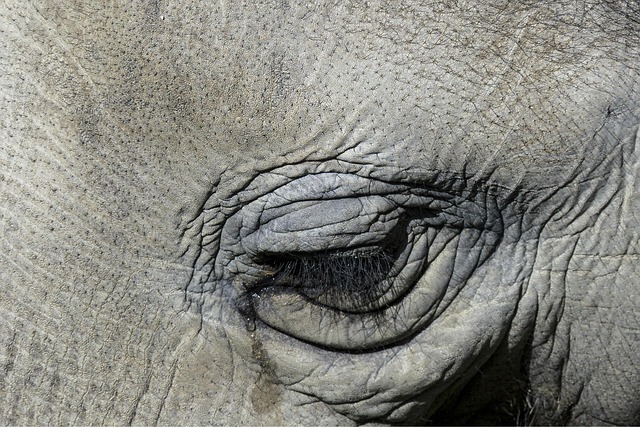
Haircare Routine
Introduction
Establishing an effective haircare routine is essential for maintaining healthy hair. The journey to achieving optimal hair health varies for each individual, influenced by factors such as hair type, lifestyle, and specific hair concerns. This article aims to provide a structured approach to developing a personalized haircare routine that addresses individual needs.
Understanding Hair Concerns
Before embarking on a new haircare regimen, it is crucial to identify specific hair concerns. Common issues include dryness, damage, frizz, and lack of volume. Understanding these concerns will help in setting realistic hair goals and selecting appropriate products.
Setting Hair Goals
Once hair concerns are identified, establishing clear hair goals is the next step. Goals may include improving moisture retention, enhancing shine, or promoting growth. These objectives will guide the selection of products and techniques used in the routine.
Building Your Haircare Routine
A comprehensive haircare routine typically consists of several key steps: cleansing, conditioning, moisturizing, detangling, styling, and treatment. The frequency and method of each step will depend on individual hair type and lifestyle.
Cleansing
The first step in any haircare routine is cleansing. This process removes dirt, oil, and product buildup from the hair and scalp. It is important to choose a shampoo that suits your hair type—whether it be oily, dry, or color-treated. For most individuals, cleansing should occur every 2-3 days, but this can vary based on personal preference and hair condition.
Conditioning
Conditioning follows cleansing and is vital for restoring moisture and improving hair texture. Conditioners work by coating the hair shaft, making it smoother and easier to manage. Deep conditioning treatments can be incorporated weekly to provide additional hydration and repair.
Moisturizing
Moisturizing is an essential step, particularly for those with dry or curly hair. Leave-in conditioners and hair oils can help lock in moisture and provide ongoing nourishment. It is advisable to apply these products on damp hair for optimal absorption.
Detangling
Detangling should be approached with care to minimize breakage. Using a wide-tooth comb or a detangling brush, start from the ends and work your way up to the roots. This method reduces the risk of damaging the hair and helps maintain its integrity.
Styling
Styling products can enhance the appearance of hair and help achieve desired looks. However, it is important to choose products that do not weigh the hair down or cause buildup. Heat protectants should be used when applying heat styling tools to prevent damage.
Treatment
Incorporating treatments such as hair masks or serums can address specific concerns like split ends or scalp health. These treatments can be used weekly or bi-weekly, depending on the product and individual needs.
Frequency of Routine Steps
The frequency of each step in the haircare routine will vary based on hair type, lifestyle, and environmental factors. For instance, individuals with oily hair may need to cleanse more frequently, while those with dry hair may benefit from less frequent washing. It is essential to listen to your hair and adjust the routine accordingly.
Conclusion
Developing a personalized haircare routine requires careful consideration of individual hair concerns and goals. By following a structured approach that includes cleansing, conditioning, moisturizing, detangling, styling, and treatment, individuals can achieve healthier hair. Regular assessment and adjustment of the routine will further enhance results, ensuring that hair remains vibrant and well-maintained.

















 Melanie Klein: A Pioneer in Psychoanalysis
Melanie Klein: A Pioneer in Psychoanalysis 
 Health
Health  Fitness
Fitness  Lifestyle
Lifestyle  Tech
Tech  Travel
Travel  Food
Food  Education
Education  Parenting
Parenting  Career & Work
Career & Work  Hobbies
Hobbies  Wellness
Wellness  Beauty
Beauty  Cars
Cars  Art
Art  Science
Science  Culture
Culture  Books
Books  Music
Music  Movies
Movies  Gaming
Gaming  Sports
Sports  Nature
Nature  Home & Garden
Home & Garden  Business & Finance
Business & Finance  Relationships
Relationships  Pets
Pets  Shopping
Shopping  Mindset & Inspiration
Mindset & Inspiration  Environment
Environment  Gadgets
Gadgets  Politics
Politics 